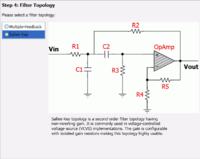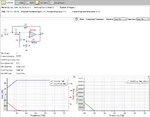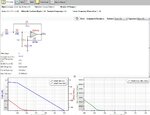Audioguru
Advanced Member level 7
- Joined
- Jan 19, 2008
- Messages
- 9,461
- Helped
- 2,152
- Reputation
- 4,304
- Reaction score
- 2,008
- Trophy points
- 1,393
- Location
- Toronto area of Canada
- Activity points
- 59,758
I guess you did not look at the list you posted because some are not opamps, instead they are instrumentation amplifiers. Some use a high supply current and some are noisy. The OP484 is a suitable but it is very expensive.The attachment below show the available OPAMP with me but I am confused which to use.



